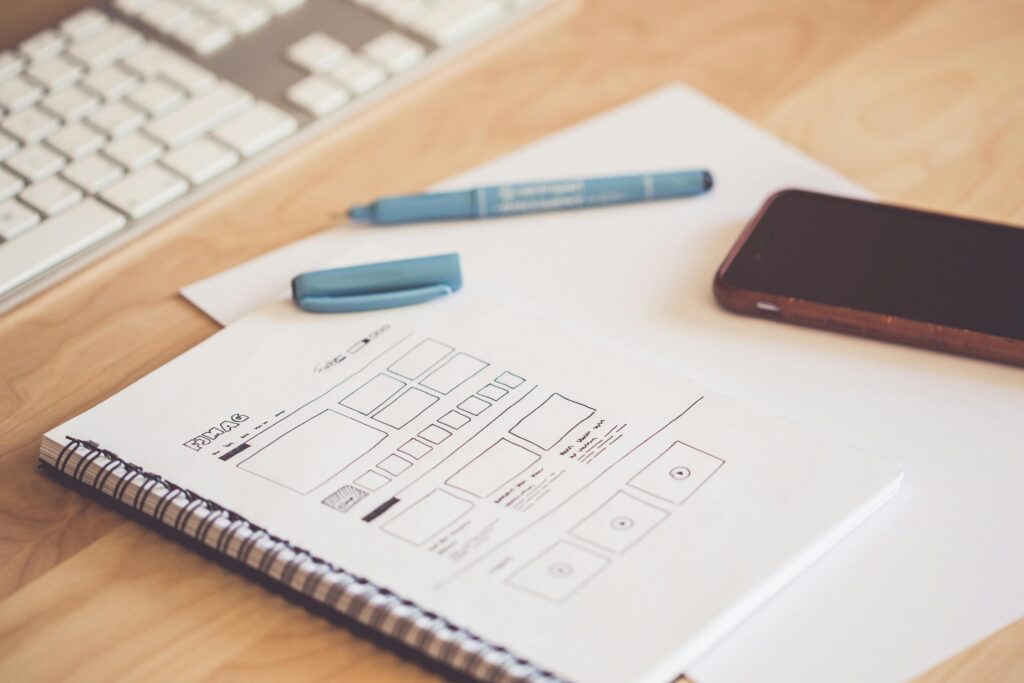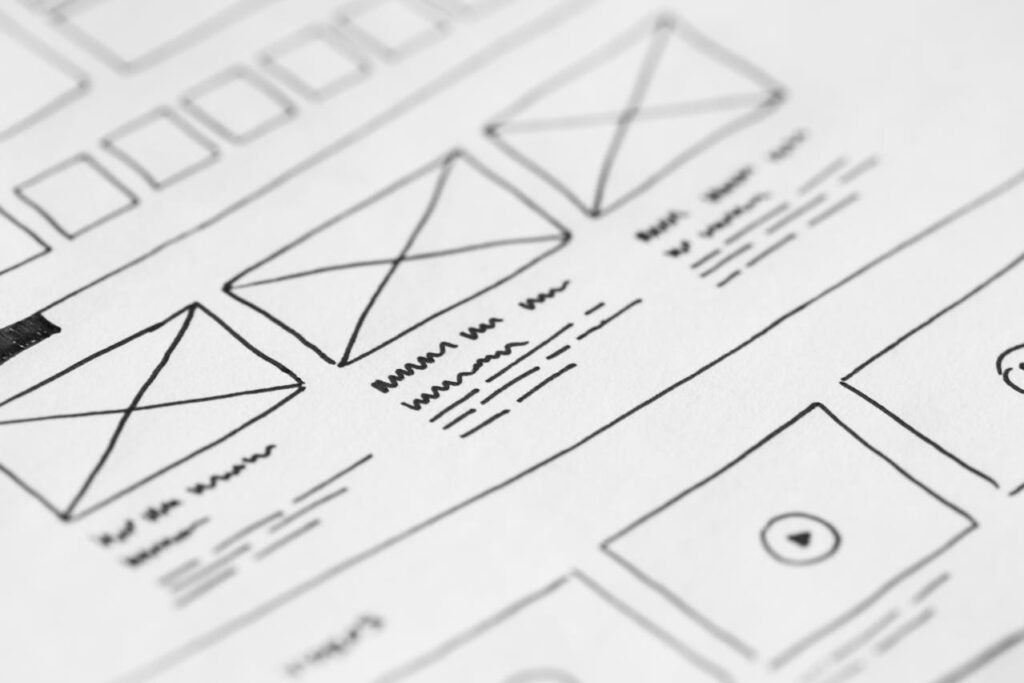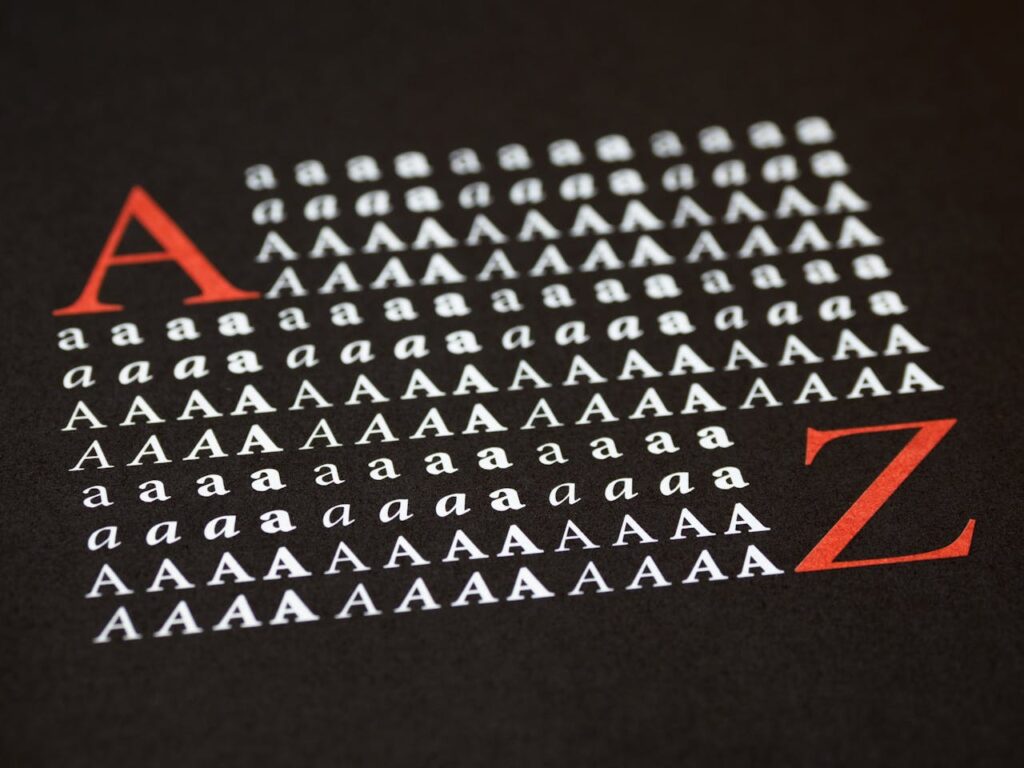Designing a website layout can be one of the most exciting and essential parts of building a successful website. Whether you’re creating a personal blog, a portfolio, or a business site, understanding how to design a website layout that is both functional and visually appealing is key to engaging your audience and achieving your goals.
In this article, we’ll guide you through everything you need to know about how to design a website layout—from planning and wireframing to design elements and user experience (UX). If you’ve been wondering how to design a website layout that looks professional and performs well, this guide is for you.
1. Understand the Purpose of the Website
Before you even begin sketching out ideas, you need to be clear on the purpose of the website. Ask yourself:
- Who is the target audience?
- What action do you want users to take?
- What kind of content will be featured?
Understanding these goals is a foundational step in learning how to design a website layout that truly serves its function. The layout must cater to both the user’s needs and the business objectives.
2. Plan the Website Structure
Once you understand the website’s purpose, the next step in how to design a website layout is planning the structure. Create a sitemap that outlines the pages you’ll need—such as Home, About, Services, Blog, and Contact.
Think about how these pages will connect. Clear navigation is crucial for user experience and SEO. When you’re learning how to design a website layout, a well-organised structure ensures visitors can find what they’re looking for quickly.
3. Create Wireframes

Wireframes are basic sketches or digital blueprints of your website layout. They don’t include design elements like color or typography but focus on placement of elements like headers, footers, images, and text blocks.
If you’re mastering how to design a website layout, wireframes are invaluable for mapping out the user journey. Tools like Figma, Sketch, or even pen and paper can help you visualise the layout without getting distracted by aesthetics.
4. Focus on User Experience (UX)
A good layout is more than just looks—it’s about usability. As you explore how to design a website layout, always think from the user’s perspective. Is the layout intuitive? Are buttons easily accessible? Can users navigate without confusion?
UX design focuses on making the user journey as smooth as possible. Use white space to reduce clutter, ensure CTAs (calls-to-action) stand out, and keep load times fast.
5. Use a Grid System

One of the best-kept secrets of professionals who know how to design a website layout is the use of a grid system. Grids help maintain alignment, consistency, and balance throughout your layout.
Most modern design tools and platforms, like Adobe XD or Webflow, incorporate grid systems to help you maintain structure as you work. Grids also make your website more responsive, which is a must in today’s mobile-first world.
Choose the Right Visual Hierarchy

Visual hierarchy refers to the arrangement of elements in a way that implies importance. Headlines should be bold and large, while body text should be readable but less prominent. This is a fundamental aspect when learning how to design a website layout that guides the user through the content.
Use contrast, color, size, and spacing to draw attention to key areas. The goal is to make it obvious what users should look at first, second, and so on.
7. Select Colours & Typography
Colors and fonts set the tone for your website and can significantly impact user perception. As you refine how to design a website layout, choose a color palette that aligns with your brand and is accessible (color contrast matters!).
Typography should be legible on all devices. Pair a strong headline font with a readable body text font. Avoid using too many font styles, as this can create a chaotic look.
8 Design for Mobile First

With more users browsing on mobile devices than ever before, understanding how to design a website layout for small screens is crucial. Start by designing the mobile version first, then scale up to tablet and desktop versions.
Mobile-first design ensures that your layout is streamlined, functional, and efficient. This approach can also improve performance and load times.
9. Incorporate Calls-to-Action (CTAs)
Whether it’s signing up for a newsletter, purchasing a product, or contacting you, CTAs drive user interaction. Learning how to design a website layout that strategically places CTAs can significantly increase conversion rates.
Make sure CTAs are visible, use action-oriented language, and stand out visually. The position of CTAs within your layout can make or break user engagement.
10. Test and Iterate
The final but ongoing step in learning how to design a website layout is testing. Use A/B testing, heatmaps, and user feedback to see what works and what doesn’t. What looks good on paper may not translate well in practice.
Continual optimisation based on real user behaviour is the key to creating a layout that evolves with your audience’s needs.
Conclusion
Understanding how to design a website layout is a skill that combines creativity, psychology, and technical knowledge. From planning and wireframing to choosing fonts and testing usability, every decision impacts the user’s experience.
Remember, the best website layouts are not only visually appealing but also functional and user-centric. Whether you’re building your first site or redesigning an existing one, knowing how to design a website layout will set you on the path to digital success.
By focusing on structure, usability, and consistency, you can create a site that not only looks great but also achieves your goals. And the more you practice and learn about how to design a website layout, the better your results will be.